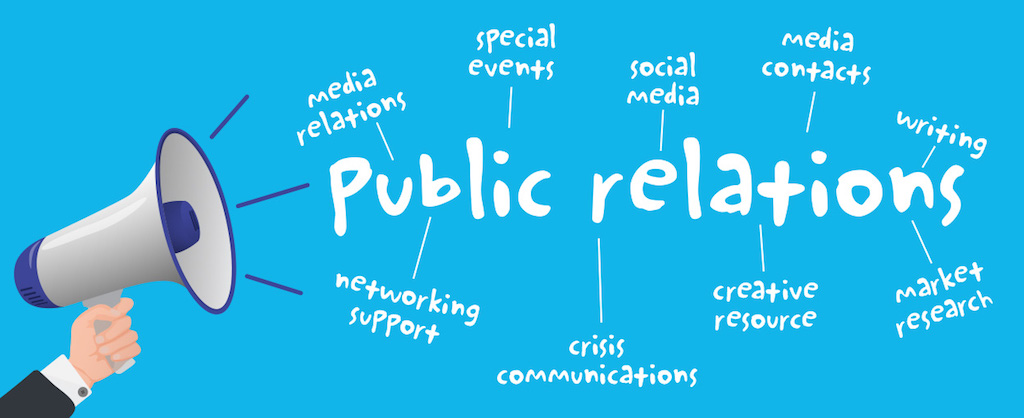A brand was in the news recently, struggling to put out fires. The company had had a young lady arrested for what it perceived as an unacceptable online review.
The action led to a lot of backlash on social media, some offline. The only thing I remember thinking was that I wish the firm had a functional public relations department or unit.
Public relations professionals, much like firefighters, rush into the heart of crises and emergencies to extinguish reputational fires and restore harmony.
In a world where reputation is paramount, public relations professionals are mostly unsung heroes, akin to modern-day firefighters.
Both professions share an uncanny resemblance in their approach to crises and emergencies, swiftly tackling and mitigating issues to protect the greater good.
Reputation is the cornerstone of a brand’s success, influencing consumer trust, loyalty, and business longevity. A brand must protect its reputation above all else. As they say, “A good reputation is better than money.”
You can think of a brand’s reputation as its essence. It’s the foundation upon which trust, loyalty, and success are built. When customers trust a brand, they stick around and recommend it to others.
This trust translates into financial stability and resilience during tough times. Essentially, a good reputation isn’t just a feather in the cap; it’s the engine that keeps a brand moving forward.
The Blaze of Crisis Management
When a crisis strikes, PR professionals are akin to firefighters rushing into the heart of the fire. Consider the infamous N1.04 trillion-naira SIM registration fine that the NCC handed MTN Nigeria in 2015. Public relations professionals rushed into the fray.
Swift action, transparent communication, intense media relations, and a healthy dose of government relations led to a speedy resolution and preserved the brand’s integrity. (NB: The company eventually had to pay N300 billion over three years to settle the matter.)
Swift Response and Strategic Planning
Preparedness is key for both firefighters and PR professionals. Just as firefighters undergo drills, PR teams strategize crisis communication plans. The PR professional develops the strategic plan, designates spokesperson(s), drafts responses, and coordinates action.
The plan is constantly reviewed and updated.
Take the United Airlines incident in the US, where viral footage of passenger mistreatment necessitated a well-executed PR strategy to salvage the airline’s reputation. Timeliness is essential to achieving the best result.
Building Relationships = Preventing Fires
Now, beyond crisis management, both professions prioritize relationship-building. I found some hardened Milo sachets in a cartoon I bought. I posted it on Twitter. Someone from the company, Nestle, reached out to me via DM to apologize and get my details.
A representative from the company called and then came to my house, a suburb of Lagos, to deliver replacement rolls of milo. My kids are today huge fans of the Nestle brand.
Also, consider how Starbucks’ response to a racial bias incident demonstrated proactive measures to maintain trust. The firm closed more than 8,000 stores in the United States for racial bias training, thus demonstrating a commitment to addressing societal issues before they escalate into crises.
Tools of the Trade
PR professionals wield an arsenal of tools, much like firefighters. Social media monitoring, crisis communication planning, content creation, analysis, and strategic messaging are just some of the fire-fighting equipment.
Combining these tools helps PR professionals proactively manage and shape public perception, responding effectively to both opportunities and challenges. The goal is to manage and maintain a positive reputation for individuals, companies, or organisations.
Conclusion
PR professionals are the guardians of this invaluable asset—reputation. They don’t just shape a brand’s image; they carefully craft and steer its narrative. When things go wrong—and they sometimes do—PR professionals are the ones who step in with strategic plans to mitigate the damage.
They’re the storytellers, weaving tales that captivate audiences and reinforce a brand’s identity. Beyond that, they’re constantly listening and analyzing, keeping a finger on the pulse of public perception, and making adjustments as needed.
No, we must be clear here: Public Relations professionals aren’t just spin doctors; they’re the architects of a brand’s public persona, using their skills in communication, relationship-building, and crisis management to ensure that the brand’s reputation remains strong, resilient, and positively received in the eyes of the public.
If you look carefully, you will not fail to see that public relations professionals are akin to firefighters guarding against infernos. Their ability to respond swiftly, plan strategically, build relationships, and utilize specialized tools in crises underscores their vital role in safeguarding brand reputation and public trust.
The case of the airline flight from Lagos to Abuja that ended up in Asaba is still fresh in our minds, as are the numerous stories that emerged. Responsible people have asked if the firm has a functional public relations unit.
The responses from the firm appeared uncoordinated and simply complicated the issues. Fire-fighting at its worst.
Every firm deserves a fully functional public relations unit. It is just as easy to ignore the need for PR when there is no crisis as it is for firefighters when there is no fire. But you need them. Get them and put them in place.
Crises, like fires, are an inevitable part of human existence. As flames of crisis continue to flicker in the landscape of modern business, these modern-day firefighters—PR professionals—remain at the forefront. Their role is simple: to ensure that when reputational fires spark, they’re not only contained but also turned into opportunities for growth and resilience.
Long live the Public Relations Professional!

[Featured Image Credit]








Comments 1